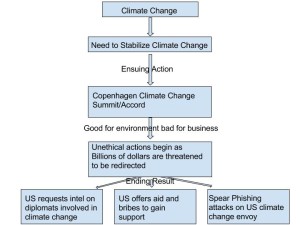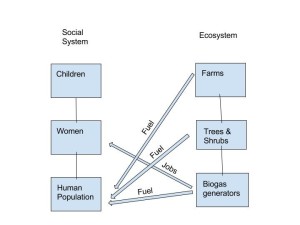In the first section of the learning assessment pick a (local, state, or national) park of your choice and place it into one of the protected area categories that we learned about in module 10. In the second section explain the biodiversity of your home town while reflecting on H.I.P.P.O. (habitat loss, invasive species, pollution, human population, & over-harvesting).
Section #1:
The park i decided to pick is a state park near my hometown. The parks name is Tyler State Park and resides in the rural area of Newtown Pennsylvania along the Neshaminy creek. Tyler state park is home to a wide variety of different animal and plant species. The park provided several miles of bike and walking paths in addition to several hiking trails. Patrons at Tyler State Park have many activities to choose from when they arrive. You can play there 18 hole Frisbee golf course, rent a canoe and travel down the Neshaminy Creek, or explore the historic buildings that reside on the country side. After reading the Globalization of Biodiversity Concerns section of module 10 and going over the 6 protected area categories I tried to fit Tyler State Park into one of those categories. I believe the category that best fits Tyler State Park is category 5 (Protected Landscapes/seascapes). I picked this because there are protected historical farm lands and buildings that reside on the property of Tyler State Park and are a big factor when it comes to drawing patrons into the park.
Section #2:
My home town is Yardley Pennsylvania. Yardely is in the eastern part of Bucks County along the Delaware River. Yardely is home to a lot of different species of animals (deer, squirrels, chipmunks, rabbits, birds, etc…) and plants and is primarily a rural area with the exception of the small downtown area in Yardley Borough. Even though Yardley is a very old town that was founded in the 1600’s it was primarily farm land until recent history when it was developed into a suburban residential area just north of Philadelphia. After reading through module 10 and the concept of H.I.P.P.O. (habitat loss, invasive species, pollution, human population, & over-harvesting), I started to think which one of these factors is most applicable to my hometown. I think the two biggest factors that apply to Yardely is habitat loss and human population. Habitat loss because like I said Yardely for the majority of its history was primarily a farming community and that was lost when the town started to develop into a residential suburb of Philadelphia. A lot of land was sold and turned into housing developments and consequently animals that used that land before were forced to relocate. I also picked Human population because the increase in humans in Yardely was the cause of this loss of habitat.


